Danube River
by Ted Scull.
The Danube River has provided a river route for human migration, invasion, and trade since Celtic, Greek, Roman, Mongol, Turkish, and modern times, in effect linking the Occident and Orient, Christianity and Islam. The layers of civilization and strife that have occurred along its banks make for an incredibly complex history lesson, as we would discover on our two-week cruise. We had a look at what the Lower Danube is all about, downstream of Budapest.
Blue the Danube is not, rather some variation on muddy brown, especially in April with the river flooding.
Arriving at the Danube landing on the Pest side of Budapest on my last Danube River cruise, we found a long, white Viking River Cruise boat securely tied to a floating pontoon and buffeted by an eight mile-an-hour current that carried rafts of tree trunks and floating debris thumping along the riverboat’s hull.
Casting off, we sailed with the strong current to unfamiliar places that proved to be most intriguing surprises.
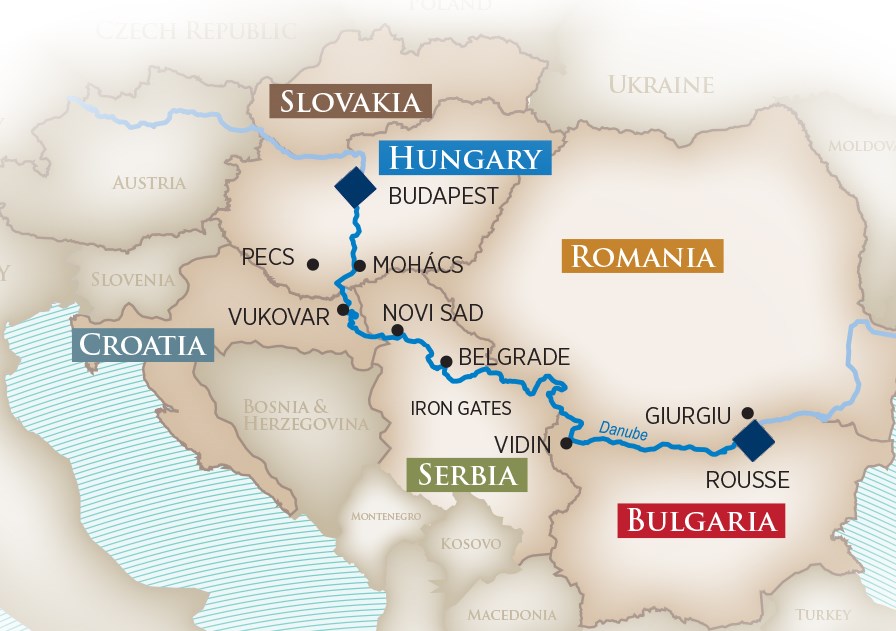
Map of the Danube River
Ports Along the Danube River
We first stopped at the Hungarian market town of Mohacs for an hour’s drive inland past cattle farms and vineyards to Pecs (pronounced “Paich”), a UNESCO World Heritage site surrounded by the longest reconstructed wall in Europe. In the town center, a Christian cross rose out of a crescent moon recalling that St. Peter’s Basilica had been converted to a mosque during the long years of Ottoman Empire rule. It’s again functioning as a church, but the interior decoration is unmistakable Islamic.
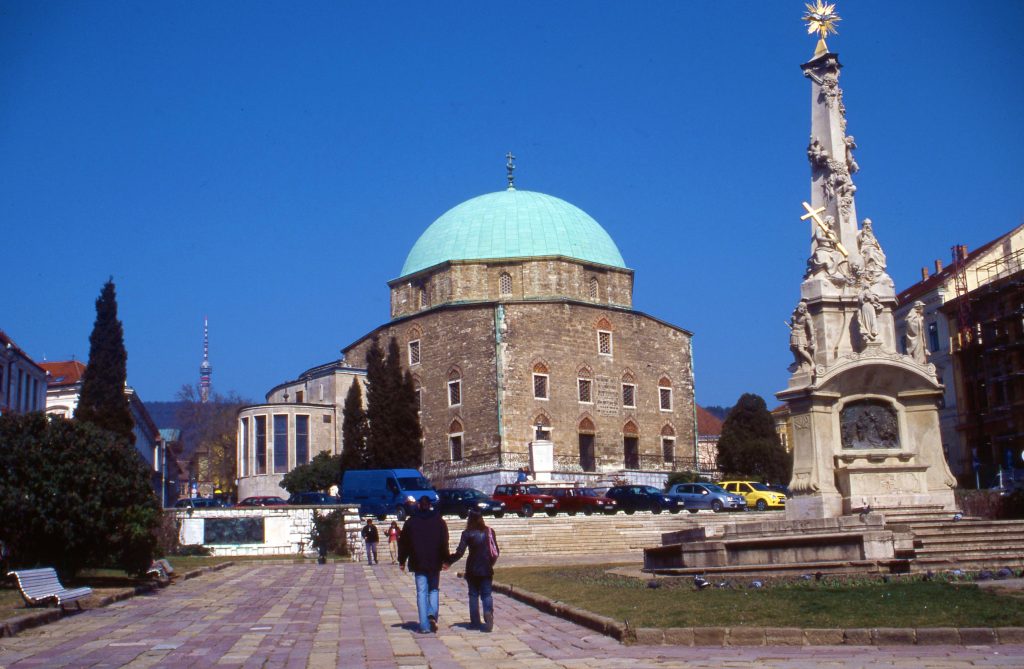
St. Peter’s, first built as a church, then converted to a mosque, and again a church – see cross atop dome. Pecs, Hungary. * Photo: Ted Scull
On a nearby rise, Pecs’ 200-year-old cathedral includes 11th-century sections and sits atop a 5th-century crypt. During our visit, the transept was filled with high school students who, since the fall of the Communism, may again attend Roman Catholic schools.
From Europe’s second largest fortress opposite Novi Sad, our next port of call, we had a sweeping view of the river and over farmlands that extended to the horizon. Beginning at the main square we followed a curving pedestrian street to the produce and clothing markets and to a landscaped wooded park filled with school children at play.
We cruised through the Iron Gate, a dramatic series of gorges created by the Transylvanian Alps that cross the river here. Once, to overcome the powerful and dangerous rapids, steam locomotives operating on a parallel track hauled the upriver traffic.
Now the turbulent waters have been tamed by locks and a dam providing safe navigation and generating hydroelectricity. Our riverboat shared the deep lock chambers with Ukrainian and Romanian tugs and barges, loaded with coal, iron ore, rock, gravel, petroleum products, lumber, and grain.
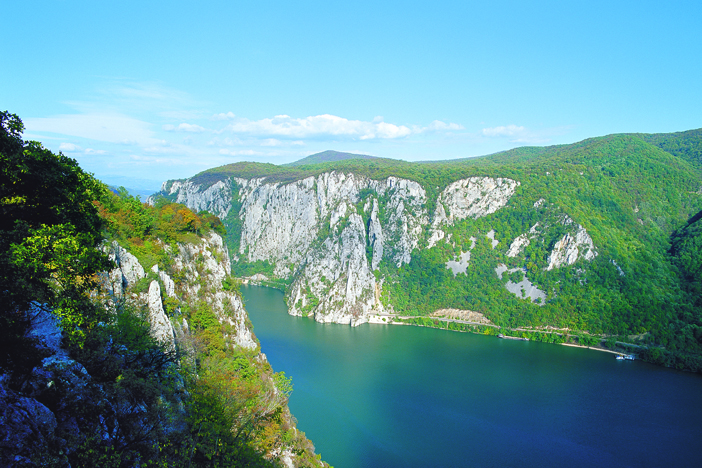
Danube’s Iron Gates form border between Romania and Serbia. * Photo: Viking River Cruises
Most riverboats and tows have pilot houses and masts that can be lowered for passage under bridges during high water when clearances are minimal. On our riverboat, the pilothouse drops into a deck cavity, and the forward and aft signal masts lower electrically. For extreme low clearances, top deck railings can be folded to the deck.
The riverboat’s hull has strength to make contact with floating objects and the hardened propellers have an extra set of blades to slice through most debris. When overtaking a slow tow, the captain radios ahead to agree on which side to pass, and the language of communication is German above Budapest and Russian below. Depending on the language, Danube appears on maps as Donau, Dunaj, Dunay, Duna, Dunav, Dunrea and Danubius.
The Danube forms the boundary between Bulgaria and Romania, and the countryside beyond is lovely, the river banks low, and springtime high water spreads into the fringing forests.
Landing at Giurgiu, we headed inland to Bucharest, which in the 1870s, became Europe’s first illuminated city and was soon referred to as the Paris of the Balkans. Since my last visit now long ago, Romanian dictator Nicolae Ceausescu had demolished a huge section of the old capital, destroying 26 churches and synagogues and housing for 70,000, to build his monstrous marble House of the People, a building exceeded in size only by the Pentagon.
The looming white elephant fronts on a boulevard longer than Paris’ famed Champs-Elysees. Our guide pointed out the office balcony, where in December 1989, Ceausescu made his last desperate speech before fleeing by helicopter, only to be captured and executed, along with his wife, several days later.
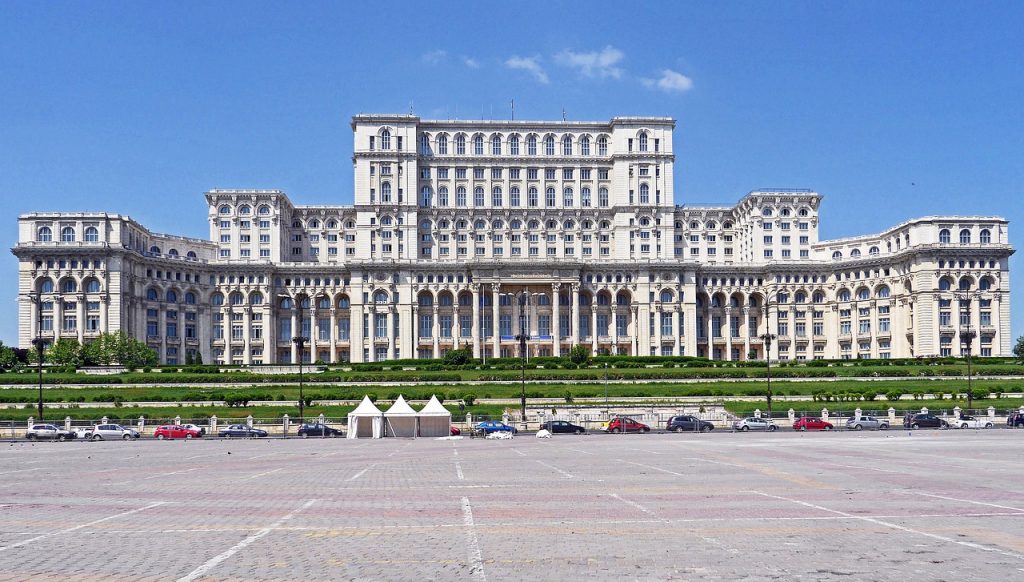
Bucharest – Parliament, The Palace.
On the way back to the ship, we encountered donkey and horse carts hauling villagers and their goods along the narrow highway, and in the fields a few farmers tilled the soil using horse-drawn plows. Migrant Roma or Gypsies gathered by the roadside, and the guide pointed out several turreted mansions owned by rich Roma who curiously choose to live in traditional tents in the back and out of sight. She added that some Roma children go to school for the free breakfast then come home. I did not know whether to believe that or not.
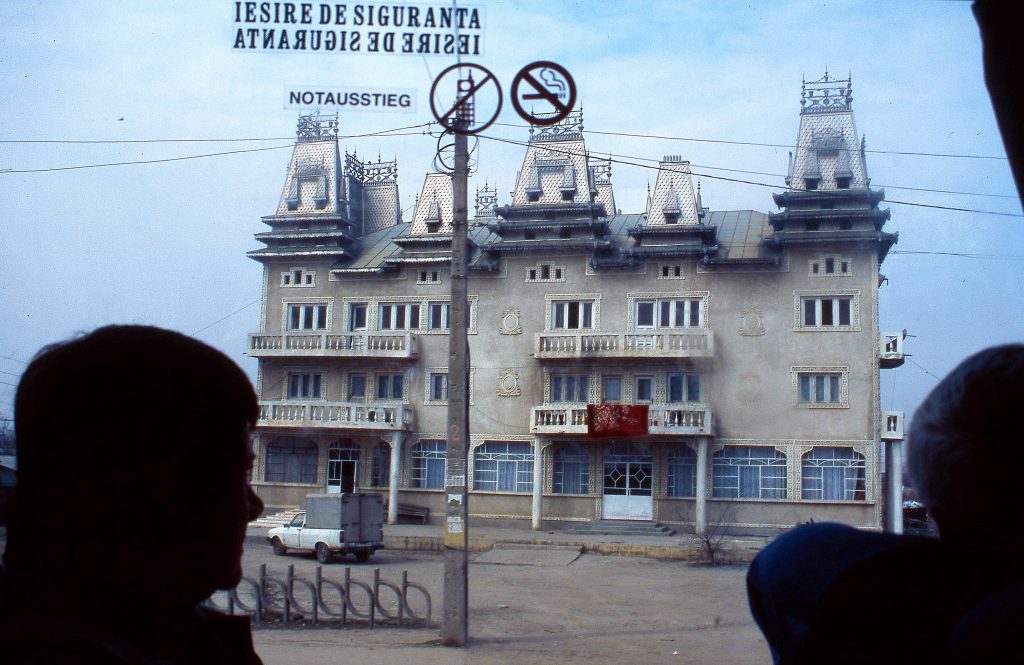
Roma-built house, Romania. * Photo: Ted Scull, taken from the bus.
Our window on the Black Sea arrived at Constanta, where, besides a strip of tourist hotels primping for the upcoming season, the Romanian city exhibits layers of history dating from Greek colonization then followed by Roman, Turkish, and Communist domination. During the interval between Muslim call to prayer, I climbed a minaret for a view down to an uncovered third-century Roman mosaic promenade and out over the sprawling container port to the Black Sea, sparkling blue on this sunny day.
Now sailing back upriver, we docked at the Bulgarian port of Russe for a 90-minute drive through lovely rolling farmland devoid of residences, as landowners cluster in villages. The destination was Veliko Tarnovo, Bulgaria’s hillside capital from the 12th to 14th century that we approached through a deep gorge.
The Ottoman Empire controlled the region until the last quarter of the 19th century, and a sizable minority remains Turk, mostly secular descendants of those who stayed on. The Cyrillic alphabet that we associate with Russia originated in Bulgaria in the eighth century, then spread to Serbia and Russia.
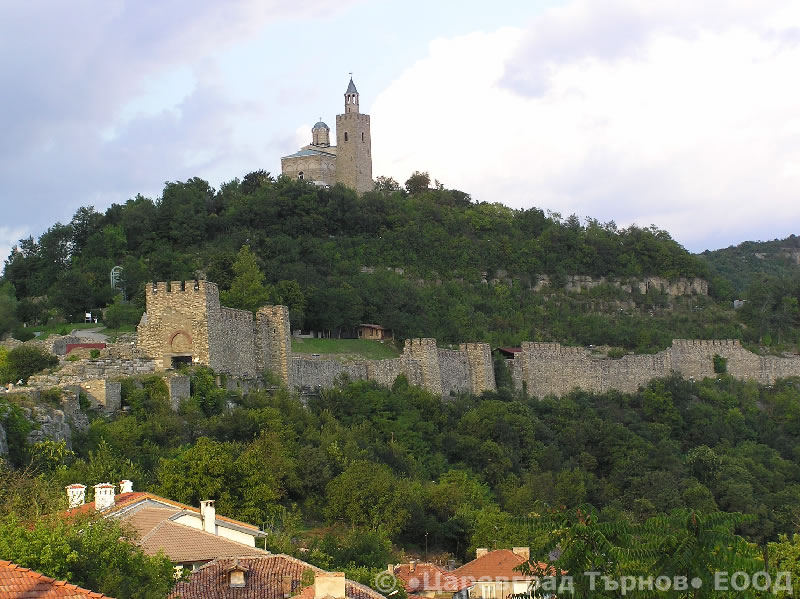
Veliko Tarnovo, Bulgaria – The Castle, walls, and town in foreground.
After a delightful walk along cobbled streets while eyeing the produce, fashions, and local crafts, we had lunch at nearby Arbanasi, originally settled by Greeks and Macedonians and now a mountain retreat for better-off Bulgarians. The village featured an unassuming 17th-century Eastern Orthodox church, designed not to attract Ottoman wrath, but within richly painted frescos illustrating more than 3,600 religious images decorate separate-sex chambers.
Returning over rough country roads to a Danube River coal and lumber port, we cruised back through the Iron Gate as the sun set on the Romanian mountains.
On our morning arrival, Belgrade, Serbia’s capital, seemed uninviting from the river, but once we were ashore, the city exhibited majesty and importance. From the landing, we walked up through the battlements, constructed from the 15th century onward, one portion sitting atop a Roman well. Beyond, the city center is strung along by an attractive pedestrian street lined with stylish cafés and prosperous looking stores.
We learned that Belgrade had witnessed 115 major battles, and since Roman rule, has been completely destroyed 44 times, had 40 name changes, and served as a capital of five different states. Ruined government buildings from the 1999 bombings had been left as disturbing artifacts.
The cruise then continued to more familiar territory, ending in Vienna.
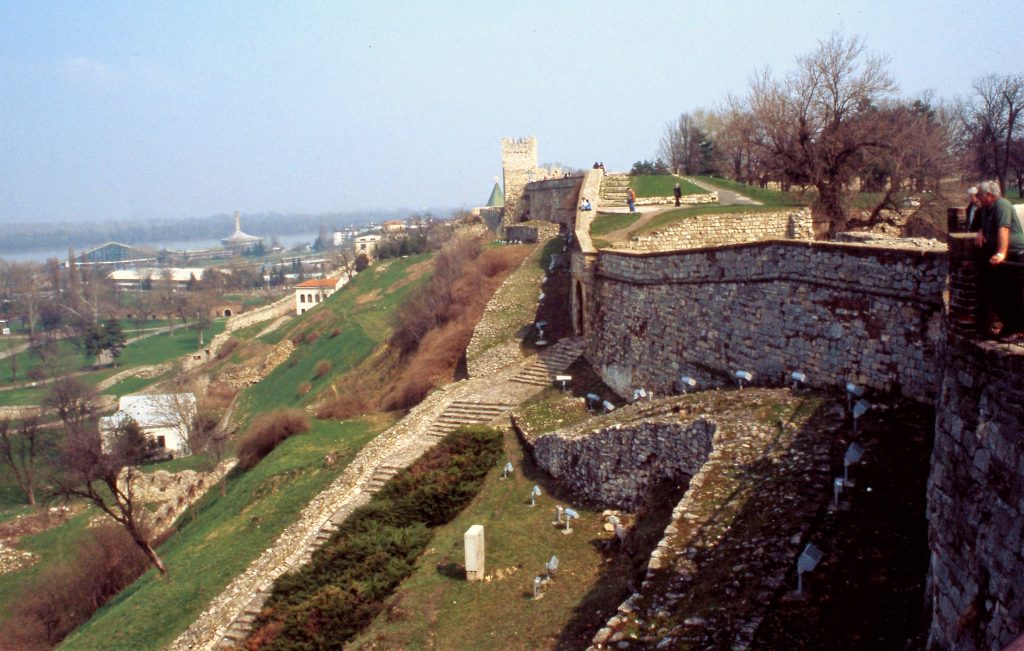
The city walls, Belgrade, Serbia. * Photo: Ted Scull
Other Lower Danube River Stops
From the Bulgarian river city at Vidin, an attractive hilly drive inland leads to the Ottoman castle at Belgradshick with terrific views from the several levels of terraces to the town below and nearby rock formations. Tying up at Orsova, an excursion visits the Romanian resort spa at Baile Herculane where the present 19th century medicinal baths were built next to the early Roman site. Heading deeper into the Transylvanian Alps, the road leads to Vlad Tepes’ (Dracula) 14th-century Bran Castle. The fantasy most of us ingested via old black and white films is somewhat shattered by reality, but none the less, most intriguing.
While the Upper Danube in Germany, Austria, Slovakia, and Hungary is picture-post card Europe, with vineyards and red-tiled-roof villages, cathedrals and castles lining the banks and hillsides, the Lower Danube flows into Serbia, Bulgaria and Romania, countries that saw their prosperity wither in wars and under dictatorships, leaving magnificent relics and ruined economies. However, the last two eventually joined the European Community.
Layers of Danube River history are incredibly complex, and it is well advised to study up in advance of the river cruise, otherwise much of what the guides relate will be brand-new and difficult to fathom. For centuries, East and West have collided along the Lower Danube, and the results are fascinating.
Danube River ABC’s
Upper vs Lower Danube River: The Upper Danube passes through Germany, Austria, Slovakia and Hungary. The Lower Danube flows into Serbia, Bulgaria and Romania.
Season: As with most Danube River cruises, the season runs from April to October, though occasionally there may be early and late season sailings with a specific river line. Christmas Markets cruises do not operate on the Lower Danube.
Best Time to Go: Peak summer travel is less intense on the Lower Danube than the Upper, hence you can expect less crowding overall. Spring and fall daytime highs will average from upper 50s to low 60s (Fahrenheit). Summer highs are in the 80s with occasionally low 90s.
Itineraries: Most Lower Danube cruises are longer than a week, with some as long as three weeks if making the granddaddy inland waterway route from Amsterdam to Romania and the Black Sea. However, most Lower Danube cruises originate/end in Budapest, Hungary or Giurgiu, a port south of Bucharest, Romania. Upper Danube cruises may start/end in such ports as Regensburg or Passau, Germany; Vienna, Austria; and Budapest, Hungary.
River Lines That Ply the Lower Danube
Don’t miss a post about small-ship cruising, subscribe to QuirkyCruise.com for monthly updates & special offers!
© This article is protected by copyright, no part may be reproduced by any process without written permission from the author. All Rights Reserved. QuirkyCruise.com.

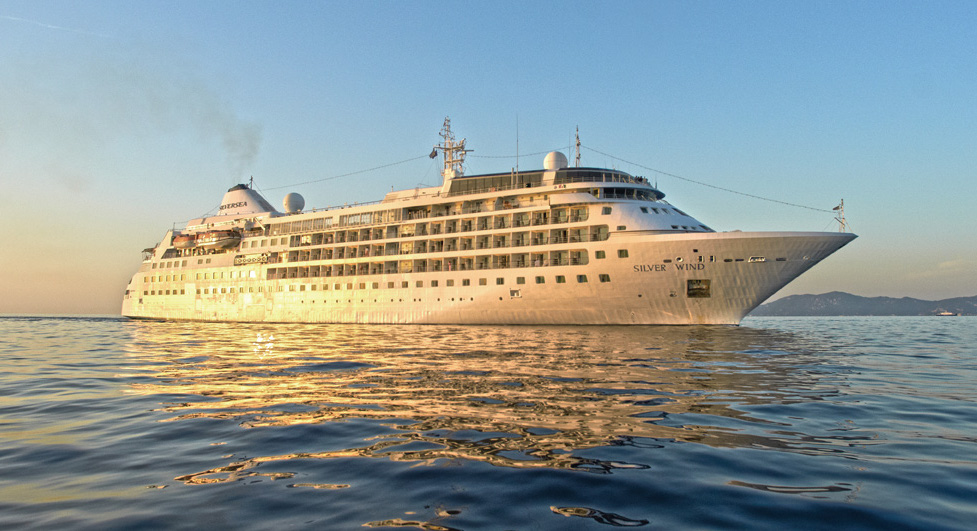

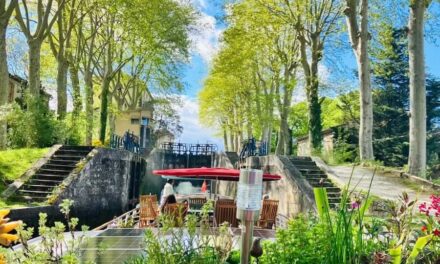
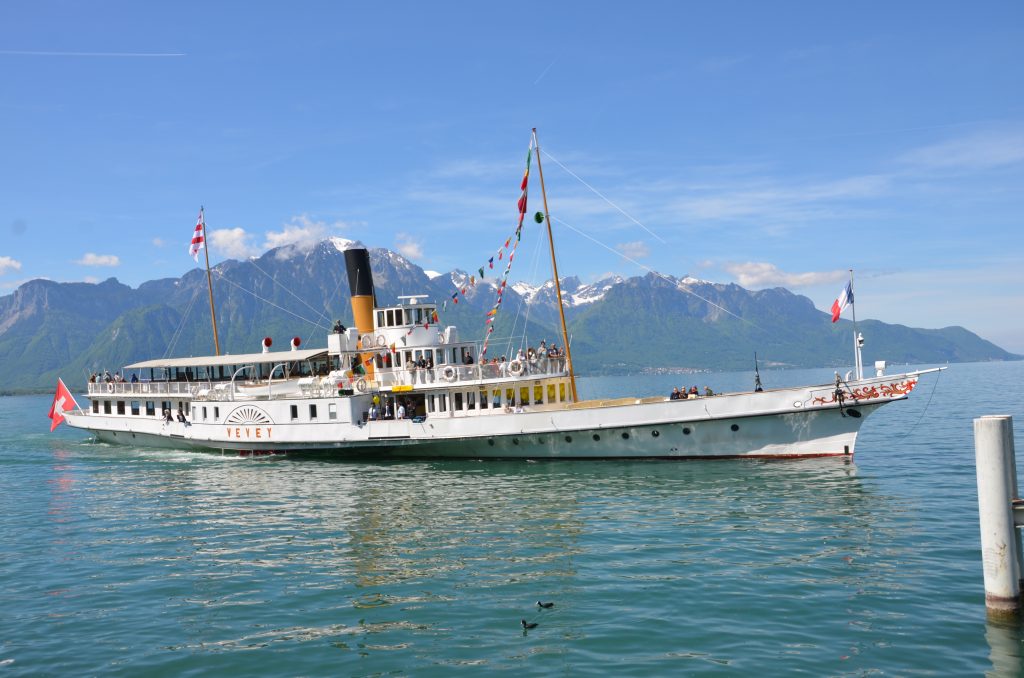








 HEIDI SARNA
HEIDI SARNA












Please supply details of river cruise downstream from Budapest towards the Black Sea, departures in May 2018, itineries and costs in Australian dollars
Hi Roger,
Thanks for your note. QuirkyCruise is packed with articles and reviews, but for pricing, I suggest you contact one of the reputable travel agencies that specialize in small ship cruises. Micro-Cruising — http://micro-cruising.com.au/ — is a good one based in Australia. A good UK-based small ship cruise specialist is The Small Cruise Ship Collection at https://www.small-cruise-ships.com/ and another based in the UK and US is eWaterways, at https://www.ewaterways.com/. Also see our latest Cruise Deals column, there is a promotion for a river cruise to/from Budapest. Good luck!
Roger, here’s the link to our latest bucket of deals from eWaterways, which includes a river cruise from Passau to Budapest. https://quirkycruise.com/ewaterways-deals-february-9-2018/